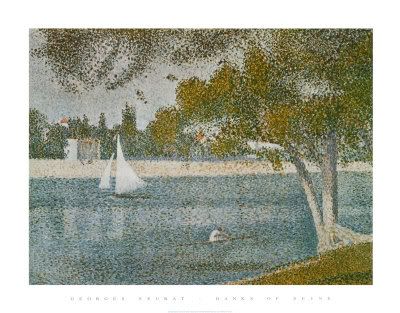Quote:
Originally Posted by Kuraudo

Are these both Myths?
1. HD Dud has a bit less grain than Blu-Ray
films
2. DVD because it is less resolution doesn't show as much noticeable grain
as a high resolution HD movie like Blu-Ray.
I heard this from a friend, but I have yet to find anything that verifies its truth. So these are lies?
Anyways I don't mind grain if it makes the film specific for it, its artistic in its choice.
However, I don't think Film Grain is good when you want to demo your new pristine LCD HDTV to a friend/Relative for the first time.
|
The thing is that grain is a bitrate hog. In other words, if you have a grainy film you need high bitrate to compress it without artifacts. Otherwise, the image will become noisy (sometimes video noise can be mistaken for film grain, but that's a whole different debate).
Now, if you filter away the grain before, then you can get a much lower bitrate and no visible artifacts. I suspect that's what happened with Batman Begins, because it is much too soft for a movie shot anamorphic. Just compare the Batman Begins HD DVD and the The Prestige Blu-ray (both directed by Christopher Nolan, both photographed by Wally Pfister).



























 Linear Mode
Linear Mode

